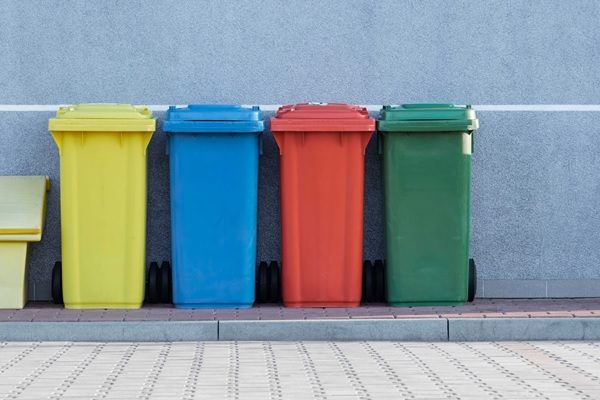- Client: European Environment Agency
- Implementation period: September, 2019 - March, 2020 (Completed)
- Geographic coverage: European Union
- Theme: Environment
- Topic:
- Experts: Rob Williams, Graeme Nicholls, Andreea Beznea, Irati Artola
How high can recycling targets fly?
In light of increasing recycling targets and the drive for a more circular economy in Europe, the aim of the contract was to identify and assess the limits to the recycling of selected waste streams in Europe. The waste streams were Municipal Solid Waste (MSW), Waste from Electrical and Electronic Equipment (WEEE) and Construction and Demolition Waste (C&DW).
The objectives of the contract were to assess:
- What is the maximum recycling level that can be technically achieved for each of the waste streams? What is the potential for increasing recycling (defined as the difference between current recycling levels and the maximum)?
- What are the limitations for harnessing the potential for increased recycling of the selected waste streams?
- What are the enabling factors that could lift these limitations?
When referring to maximum recycling or maximum recycling potential, the report focuses on the volume of waste that can be feasibly collected for recycling, reflecting limitations that relate to source separation of waste. For each waste stream, two methods of analysis were used to estimate the maximum recycling potential: a bottom-up (literature review) approach, breaking waste streams down into material fractions; and a top-down (benchmarking) approach, using the best-performing European country as a benchmark. To complement this analysis, a literature review was conducted on the barriers to recycling, and the enabling factors that can improve recycling rates.
The project ran for six months between September 2019 to early March 2020.

This investigation provided the following preliminary results:
- There is potential to increase the share of material collected for recycling in each of the three waste streams studied. In absolute terms, the largest potential appears to exist in the MSW waste stream (+111 or 139 million tonnes, depending on the approach used). In relative terms, WEEE shows the highest potential (+103 or 112%, depending on the approach used).
- The most important barriers to recycling are the low market price for natural resources/virgin raw materials, and the mixed and complex composition of waste streams.
- A high degree of regulation and high levels of enforcement appear to be the most important enablers for recycling, followed by measures that can help improve the economics of recycling.